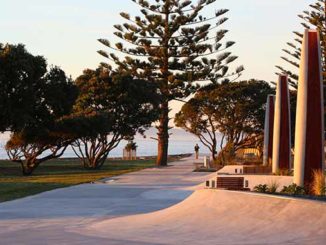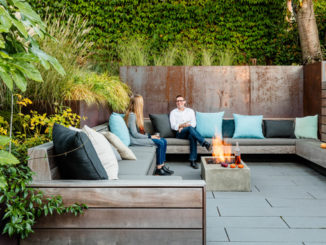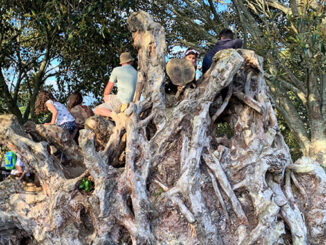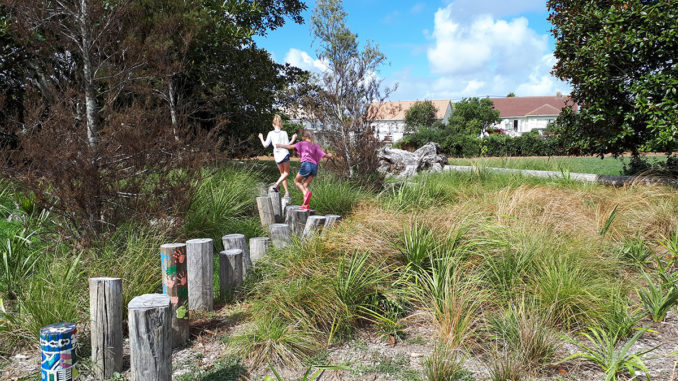
Mara Hupara is part of the wider Te Auaunga project, a stream restoration that delivered shared paths and bridges, an outdoor classroom, community fale, and natural play spaces to the local community. Mara Hupara is a first-of-its-kind playspace that offers children a unique and imaginative experience, while also reinforcing the wider values of Te Auaunga project to restore the wairua of the Reserves.
Te Auaunga was a partnership between many stakeholders, including Mana Whenua, Community, Schools, and Local Boards. Community engagement was particularly important in driving social and environmental outcomes. With kindergarten, primary and intermediate schools all within proximity, Walmsley and Underwood Reserves are used frequently by children and young adults to get to and from schools, and most weekends for diversions.
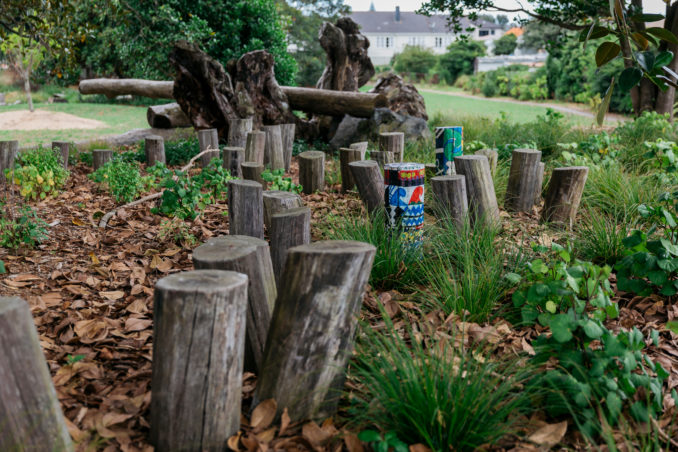
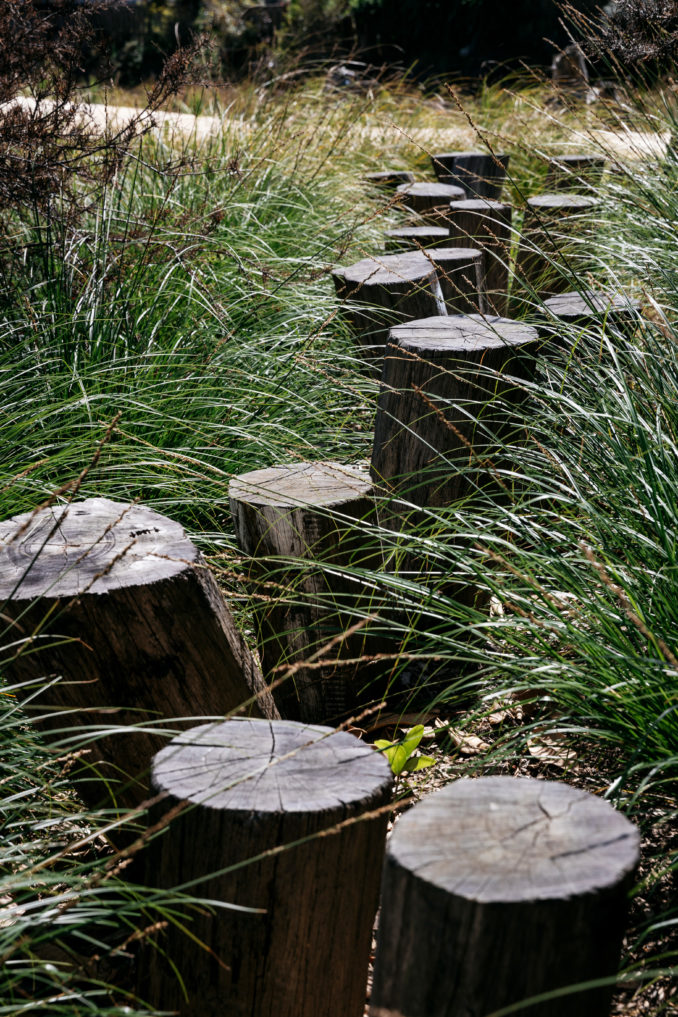
The design team met with local schools to inform them about the project and identify opportunities for the schools to participate. Students were invited to think about ‘nature’ and the ‘outdoors’ and how they like to play in these environments.
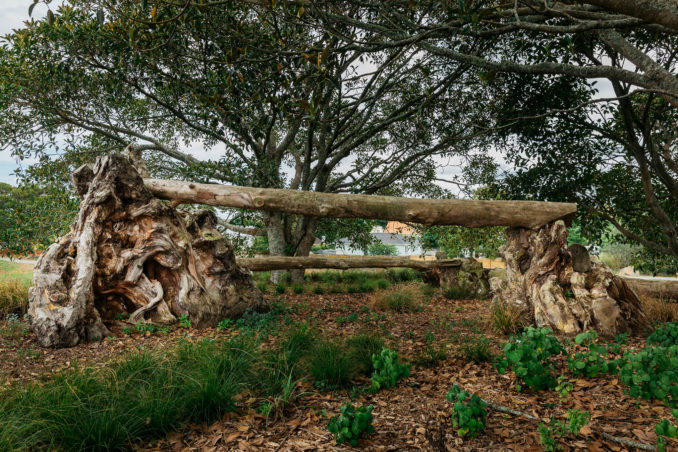
The children’s responses to nature included the joy of climbing trees, stepping on stones in the river, adventuring, exploring, and building huts. This was encouraging for an urban population of children. There were sensitive responses to the health of Te Auaunga, including concern about pollution and the desire to clean up the river and create homes for tuna (eels) and birds.
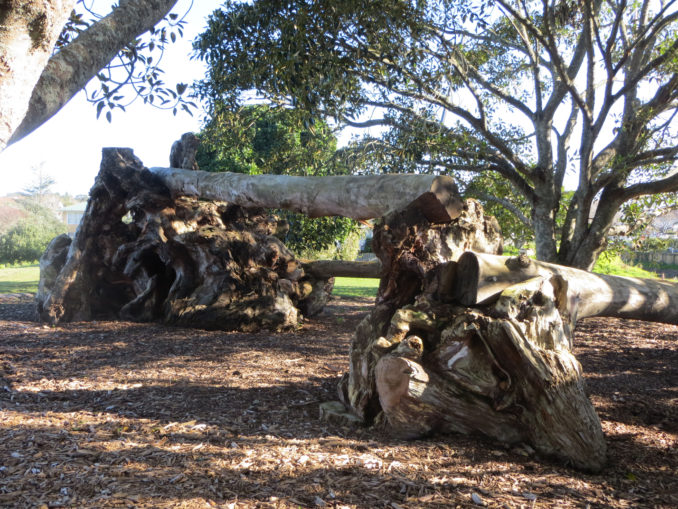
The mana whenua worked with the design team to realise an opportunity to integrate traditional Māori play into the project. In Māori society, traditional games and aro-tākaro (play items) are inextricably linked and highly valued. Ngā aro-tākaro reinforce social norms and connect people to their environments. They become a means for children to engage with nature and history simultaneously through challenge and learning.
Traditional Māori play elements installed include:
- A torere tree for climbing
- A triple-posted tama-tane-wahine installation
- Giant upturned ancient kauri log roots – te ko-uru which are linked by ko-papa;
- Several dozen hikeikei on which to hop, jump and walk over;
- A land-based kōkiri; and
- A series of wera-te-paatu to practice agility, speed and balance.
After the construction of ngā aro tākaro, the local school staff and pupils attended workshops to learn about traditional taonga tākaro and games, and to decorate a select number of the hupara, which have subsequently been installed in the reserves.
Ngā taonga tākaro utilised materials from the site, are integrated into the existing landscape, and were specifically chosen for their relevance to the values of Te Auaunga and to the mana whenua group. Some of Mara Hupara’s areas are hidden to encourage exploration, but also legible – associated with ‘islands’ of mature tree-groups and signalled by informal paths and kohatu (mauri and stepping stones). Massive swamp kauri, some as large as 12 tonnes, peek above low vegetation to reveal play areas.
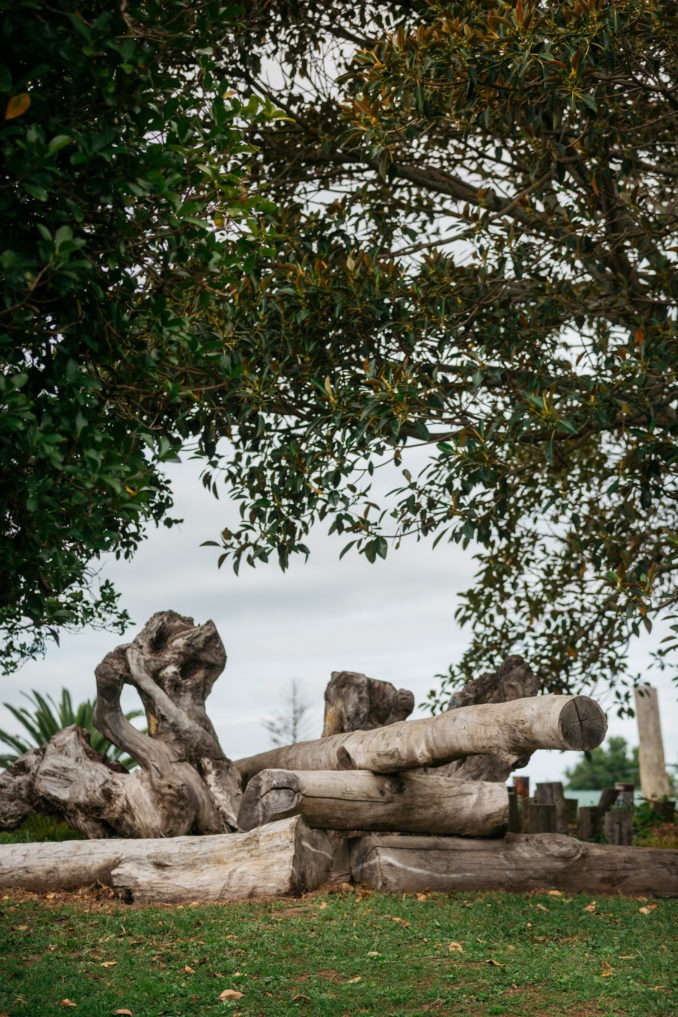
Mara Hupara has received hundreds of visitors, including mataawaka maori and mana whenua. Kaumātua remember ngā aro tākaro, and many had tears in their eyes to see their mokopuna playing with them.
The project has been recognised with an Award of Excellence by the NZILA; a Bronze Pin by the DINZ and is used as an exemplar for future Maori natural playspaces within Auckland.
Mara Hupara
Location: Auckland, New Zealand
Designers: Boffa Miskell
Boffa Miskell Team: Mark Lewis (design lead), Sarah Collins, Aynsley Cisaria
Maori Play Consultant: Harko Brown
Client: Auckland Council Healthy Waters
Text: Boffa Miskell
Photos: Jay Farnworth/Boffa Miskell

